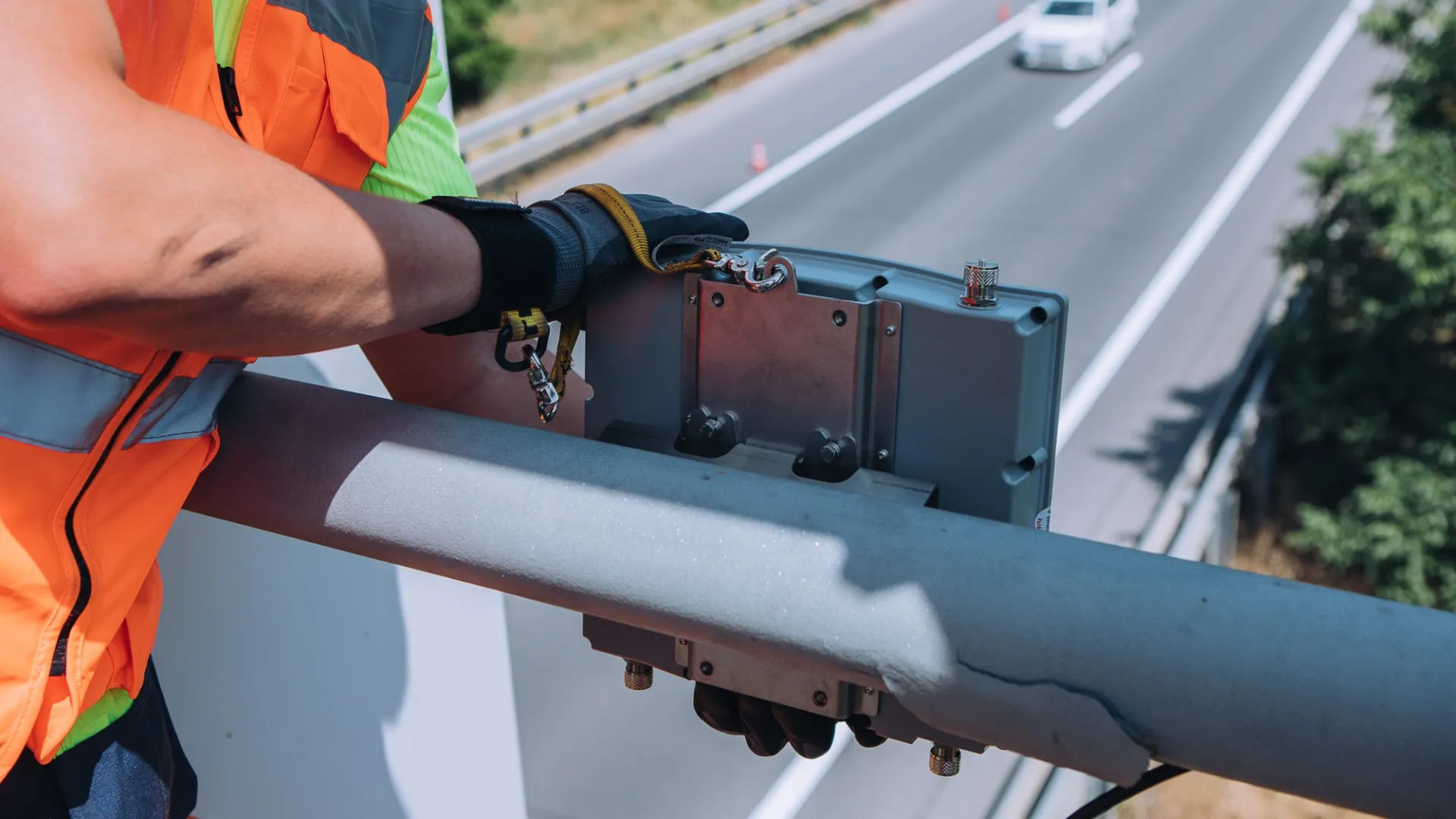New technology which communicates between traffic signals and motorists to help the way they drive is being rolled out across Newcastle as part of a joint cooperative project with Siemens.
In the first pilot of its kind in the UK, the system links an in-vehicle communication system directly with the city’s urban traffic management centre (UTMC), the infrastructure will ‘communicate’ directly with motorists, giving certain vehicles priority at junctions. Initially, the system has been fitted to non-emerge
April 27, 2015
Read time: 2 mins
New technology which communicates between traffic signals and motorists to help the way they drive is being rolled out across Newcastle as part of a joint cooperative project with 189 Siemens.
In the first pilot of its kind in the UK, the system links an in-vehicle communication system directly with the city’s urban traffic management centre (UTMC), the infrastructure will ‘communicate’ directly with motorists, giving certain vehicles priority at junctions. Initially, the system has been fitted to non-emergency NHS passenger transport vehicles based at the Freeman, part of the Newcastle Hospitals NHS Foundation Trust.
Led by5986 Newcastle University in collaboration with Siemens and Newcastle City Council, the aim of the project is to use infrastructure to vehicle (I2V) communications technology to create energy-efficient junctions and help motorists drive more efficiently, improve road safety, increase energy efficiency and reduce levels of congestion and pollution.
Phil Blythe, Newcastle University’s Professor of Transport, said: ‘traffic management systems are already in place across the city to improve traffic flow but what is unique about the trial is that we will be giving personalised information directly to the driver’.
Drivers of equipped vehicles will be informed of the ideal approach speed to get through the next set of signals on green, reducing the need for stopping, starting and accelerating; If the signal is red, the motorist will be provided with the amount of time remaining at red and advice on turning the engine off to reduce fuel use and emissions whilst idling; and where appropriate requesting extension of green time to allow free passage through the signals.
Known as7288 Compass4D and jointly funded by Siemens, the European Mobility Pilot on Safety and Sustainability Services for Deployment will examine ITS applications such as in-car, roadworks warning, speed advice, green time traffic light information, in seven European cities. Its main objective is to demonstrate the positive cost-benefit of cooperative systems with a view to introducing large-scale systems in operational traffic management in Europe if the tests are successful.
In the first pilot of its kind in the UK, the system links an in-vehicle communication system directly with the city’s urban traffic management centre (UTMC), the infrastructure will ‘communicate’ directly with motorists, giving certain vehicles priority at junctions. Initially, the system has been fitted to non-emergency NHS passenger transport vehicles based at the Freeman, part of the Newcastle Hospitals NHS Foundation Trust.
Led by
Phil Blythe, Newcastle University’s Professor of Transport, said: ‘traffic management systems are already in place across the city to improve traffic flow but what is unique about the trial is that we will be giving personalised information directly to the driver’.
Drivers of equipped vehicles will be informed of the ideal approach speed to get through the next set of signals on green, reducing the need for stopping, starting and accelerating; If the signal is red, the motorist will be provided with the amount of time remaining at red and advice on turning the engine off to reduce fuel use and emissions whilst idling; and where appropriate requesting extension of green time to allow free passage through the signals.
Known as









